UMTS guide

UMTS also known as "third-generation 3G" broadband, packet based transmission of text, digitized voice, video, and multimedia at data rates up to and possibly higher than 2 megabits per second (Mbps), offering a consistent set of services to mobile, computer and phone users. Using GSM communication standard, UMTS is the planned standard for mobile users around the world by 2002. Once UMTS is finished, computer and phone users can be constantly connected to the Internet as they roaming service, have the same set of capabilities .3G systems will provide access, by means of one or more radio links, to a wide range of telecommunication services supported by the fixed telecommunication networks and to other services that are specific to mobile users. A range of mobile terminal types will be encompassed, linking to terrestrial and/or satellite-based networks, and the terminals may be designed for mobile or fixed use.
Users will have access through a combination of terrestrial wireless and satellite transmissions. Until UMTS is fully implemented, users can have multi-mode devices that switch to the currently available technology (such as GPRS and Edge ) where UMTS is not yet available (Cf spectrum page)
Key features of 3G systems are a high degree of commonality of design worldwide, compatibility of services, use of small pocket terminals with worldwide roaming capability, Internet and other multimedia applications, and a wide range of services and terminals.
UMTS promises to realize the Virtual Home Environment in which a roaming user can have the same services to which the user is accustomed when at home or in the office, through a combination of transparent terrestrial and satellite connections.
144 kilobits/second or higher in high mobility (vehicular) traffic
384 kilobits/second for pedestrian traffic
2 Megabits/second or higher for indoor traffic
Common billing/user profiles:
Sharing of usage/rate information between service providers
Standardized call detail recording
Standardized user profiles
Fixed and variable rate bit traffic
Bandwidth on demand
Asymmetric data rates in the forward and reverse links
Multimedia mail store and forward
Broadband access up to 2 Megabits/second

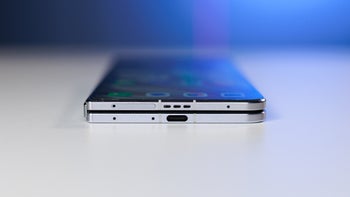
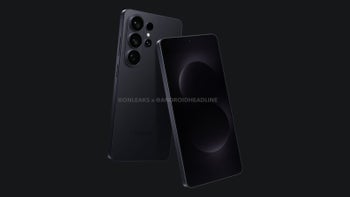


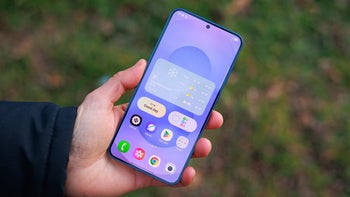
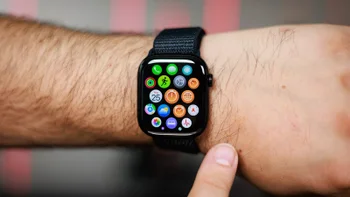
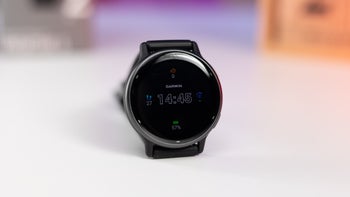
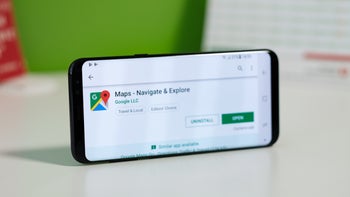
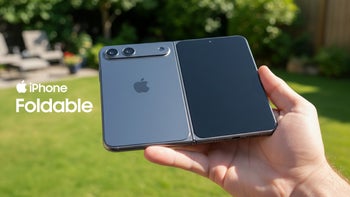

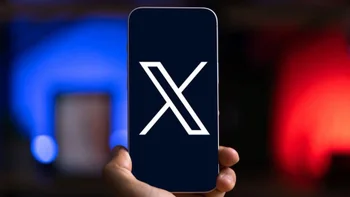
Things that are NOT allowed:
To help keep our community safe and free from spam, we apply temporary limits to newly created accounts: